





MCQ of the Day
Microbiology Quiz–Mycobacteria questions
1. The drug which acts at A in the above image is

(A) Bedaquiniline
(B) Delamanid
(C) PAS
(D) Pyrazinamide
Answer: Option (B) is the correct answer
Reference: Guidelines for use of delamanid in the treatment of drug resistant TB 2018; Pg 2
Option (B): Delamanid is a nitroimidazooxazole compound which inhibits mycolic acid synthesis
Option (A): Bedaquiniline is a diarylquinoline which inhibits ATP synthase
Option (C): PAS – inhibits synthesis of DNA precursor.
Option (D): Pyrazinamide – disrupts plasma membrane
2. A 49yr old aquarium worker presented to the OPD with multiple nodules and few non healing ulcers in right forearm. He gives a history of cleaning aquarium tanks regularly. Biopsy from the nodule showed acid fast bacilli. The probable etiological agent is
(A) Mycobacterium leprae
(B) Nocardia
(C) Mycobacterium marinum
(D) Mycobacterium avium intercellulare complex.
Answer: Option (C) is the correct answer
Reference: Apurba Sastry Essentials of Medical Microbiology 2nd edition pg no: 294
Option (C): The occupational exposure is suggestive of M.marinum which causes fish tank granuloma or swimming pool granuloma. It presents as tender nodules, papules and ulcers
Option (A): Mycobacterium leprae causes leprosy with hypopigmented anaesthetic patches in early lesions
Option (B): Nocardia causes Pulmonary nocardiosis, Disseminated nocardiosis and actinomycetoma.
Option (D): MAC complex is usually associated with pulmonary lesion and lymphadenitis.
3. Match the above

(A) a- ii, b-v, c-i, d-iii
(B) a-v, b-iv, c-iii, d-i
(C) a- ii, b- iv, c-i, d-v
(D) a- iii, b-v, c-ii, d-i
Answer: Option (C) is the correct answer
Reference: Apurba Sastry Essentials of Medical Microbiology 2ndedition pg no: 295
Option (C): As per Runyons classification a) M.marinum – photochromogens; b) M.gordonae – scotochromogens; c) M.abscessus – rapid grower; d) M.ulcerans – Non photochromogens
4. Which of the following statement is true regarding GeneXpert used in TB diagnosis
(A) Can detect rifampicin resistance only
(B) Can detect isoniazid resistance only
(C) Can detect both rifampicin and isoniazid resistance
(D) does not detect drug resistance
Answer: Option (A) is the correct answer
Reference: Apurba Sastry Essentials of Medical Microbiology 2nd edition pg no: 288
Option (A): GeneXpert simultaneously detects: (i) MTB complex DNA and (ii)
rifampicin resistance (mutations of the rpoBgene). It uses five probes targeting various sequences of rpoBgene
5. This instrument is based on

- RT PCR
- Automated liquid culture system
- CBNAAT
- Line probe assay
Answer: Option (2) is the correct answer
Reference: Apurba Sastry Essentials of Medical Microbiology 2nd edition pg no: 288
Option (2): This is BACTEC MGIT(Mycobacteria growth indicator tube) which is an automated liquid culture system to diagnose TB
Option (1): Nested PCR targeting IS6110 gene was the most common molecular test used earlier. Other gene targets in PCR are MPT64 gene, 65 KDa and 38 KDa genes.
Option (3): Cartridge based PCR used in TB diagnosis is CBNAAT – Genexpert.
Option (4): Line probe assay involves probe-based detection of amplified DNA in the specimen. The commercial kits available to perform LPA are GenoType and INNO-LiPA
Strategy to Crack NEET PG 2021 in last 100 days!!

Dos and Don’ts
Read the materials what you have read few years back.
Don’t buy new material
Don’t read new stuff
Understand and read. Read like an examiner
Don’t read like a student
Clinical Scenario based; Image based questions is the rule in NEET PG 2021
One liners will be very less
Understand and read
Kindly don’t memorize plainly
Block your dates & prepare your time table; model schedule given
Please revise what you have read
Form your team & discuss
• Last 60 days – Only REVISE – REVISE – REVISE
•This idea will be very useful for your preparation.
Subject and Date
Anatomy – 3-11-20
Radiology – 3-11-20
Surgery -3-11-20
Biochemistry -5-11-20
Pathology- 7-11-20
Physiology -13-11-20
Pharmacology -13-11-20
Medicine -13-11-20
Microbiology -15-11-20
FM – 17-11-20
ENT – 20-11-20
Ophthalmology – 20-11-20
SPM – 22-11-20
Pediatrics – 25-11-20
OG – 28-11-20
Skin – 3-12-20
Ortho – 3-12-2020
Anesthesia – 3-12-2020
Psychiatry – 3-12-2020

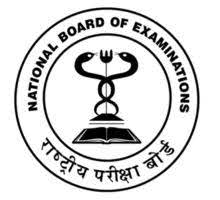

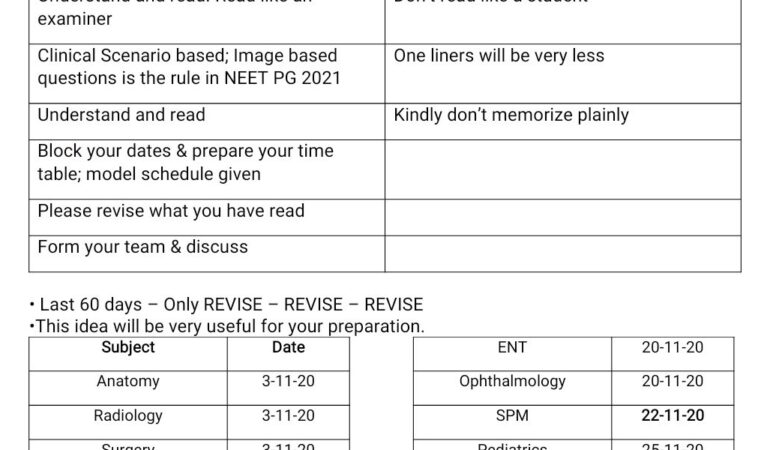
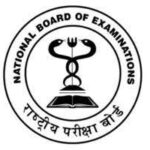
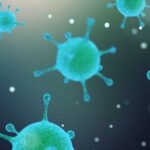
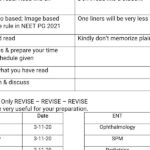
Recent Comments